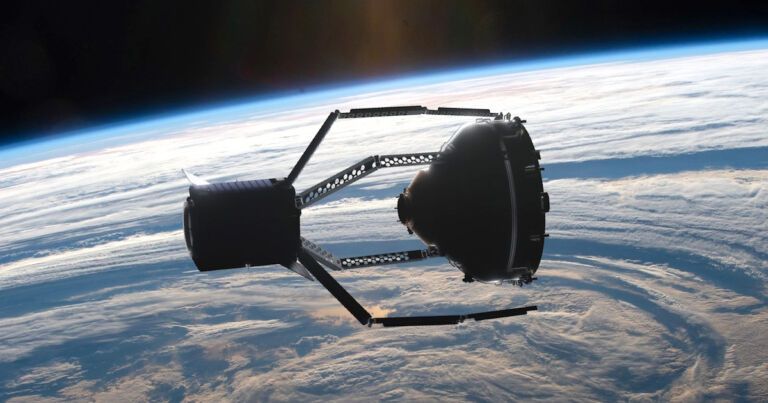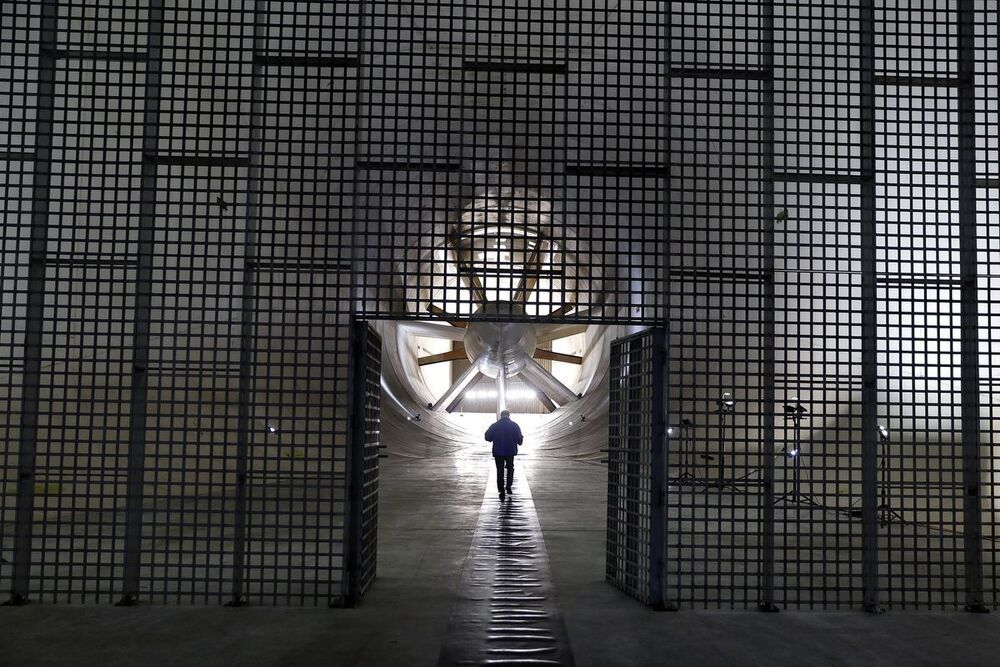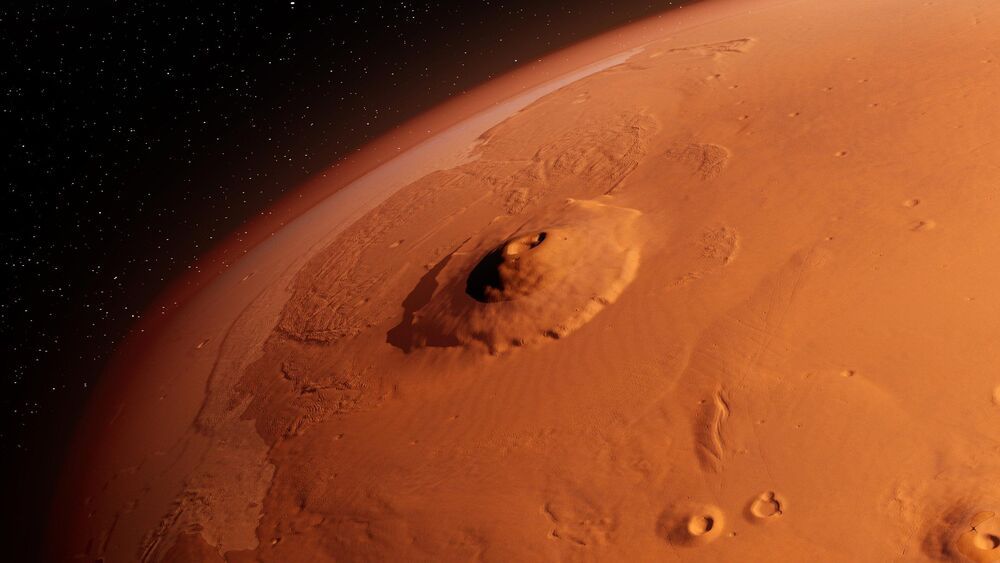Archive for the ‘space’ category: Page 600
Nov 30, 2020
Art Meets Exoplanets: New Book Offers Window Onto Exo-Worlds
Posted by Bruce Dorminey in categories: biotech/medical, health, space
Shockingly, Carroll notes that if our own Earth had formed just one percent farther away from the Sun, it would have suffered a runaway glaciation. By contrast, one percent further in and Earth would have suffered a runaway greenhouse and the fate that befell present-day Venus. “The habitable zone is a planetary tightrope,” writes Carroll.
However, the book does cover the possibility that super-earths and/or gas giant planets that lie in their parent stars’ habitable zones might also harbor planet-sized moons. As the book notes, it’s an idea that Hollywood director James Cameron’s embraced in his ground-breaking movie “Avatar.”
“Envisioning Exoplanets” also offers the reader capsule summaries of the various detection techniques that astronomers have used through the years to remotely explore and characterize these far-flung worlds.
Nov 30, 2020
Making the First Martians: Building an Economy on Mars
Posted by Lola Heavey in categories: biotech/medical, economics, food, health, space
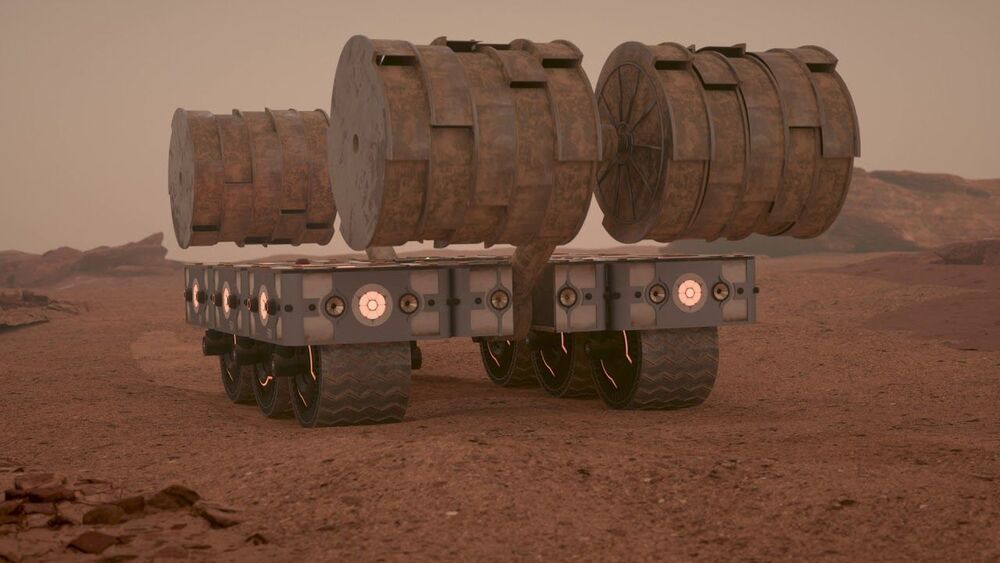
Welcome back to our series on Martian colonization! In Part I, we looked at the challenges and benefits of colonization. In Part II, we looked at what it would take to transport people to and from Mars. In Part III, we looked at how people could live there. Today, we will address the question of how people could establish an industrial base there.
If we intend to “go interplanetary” and establish a colony on Mars, we need to know how to address the long-term needs of the colonists. In addition to shelter, air, water, food security, and radiation shielding, the people will need to create an economy of sorts. The question is, what kind of industry would Mars support?
Continue reading “Making the First Martians: Building an Economy on Mars” »
Nov 29, 2020
Polarized light from the cosmic background hints at new physics
Posted by Genevieve Klien in categories: cosmology, physics, space
Distant light from the big bang is twisted as it travels to us. This could mean dark matter is more exotic than we thought.
The oldest light in the universe is that of the cosmic microwave background (CMB). This remnant glow from the big bang has traveled for more than 13 billion years. Along the way, it has picked up a few tales about the history and evolution of the cosmos. We just need to listen to what it has to say.
One of the ways the CMB tells a story is through its polarization. If you think of light as an oscillating wave, then this wave motion can have different orientations, the orientation of a light wave’s oscillation is known as its polarization. Often, light is a random jumble of orientations, making it unpolarized, but the light from the CMB is light that has scattered off the hot gas of the early universe and has an orientation known as E-mode polarization.
Continue reading “Polarized light from the cosmic background hints at new physics” »
Nov 29, 2020
Over 6 decades in Alaska, this contrarian geophysicist has left an indelible mark on aurora studies and Arctic research
Posted by Genevieve Klien in categories: biotech/medical, climatology, space
Here, he became an authority on the aurora, and after that the director of the Geophysical Institute at the University of Alaska Fairbanks. He later used his reputation and connections to establish the International Arctic Research Center. His look-away-from-the-crowd nature once made a writer describe him as Alaska’s climate-change skeptic.
Wearing suspenders and a button-up dress shirt, Akasofu would — every weekday until the 2020 pandemic — drive 3 miles into the university for a few hours. His workspace is a cubicle in the Akasofu Building. That sun-catching, metal-and-glass structure on the highest part of the Fairbanks campus houses a science institute — the International Arctic Research Center — that would not exist without him.
Akasofu’s Alaska journey began when he wrote a letter to Sydney Chapman, a British space physicist who lived a reverse-snowbird existence, living in Fairbanks in the winter and Boulder, Colorado, in the summer.
Nov 29, 2020
How to make the food and water Mars-bound astronauts will need for their mission
Posted by Lola Heavey in categories: chemistry, food, space, sustainability
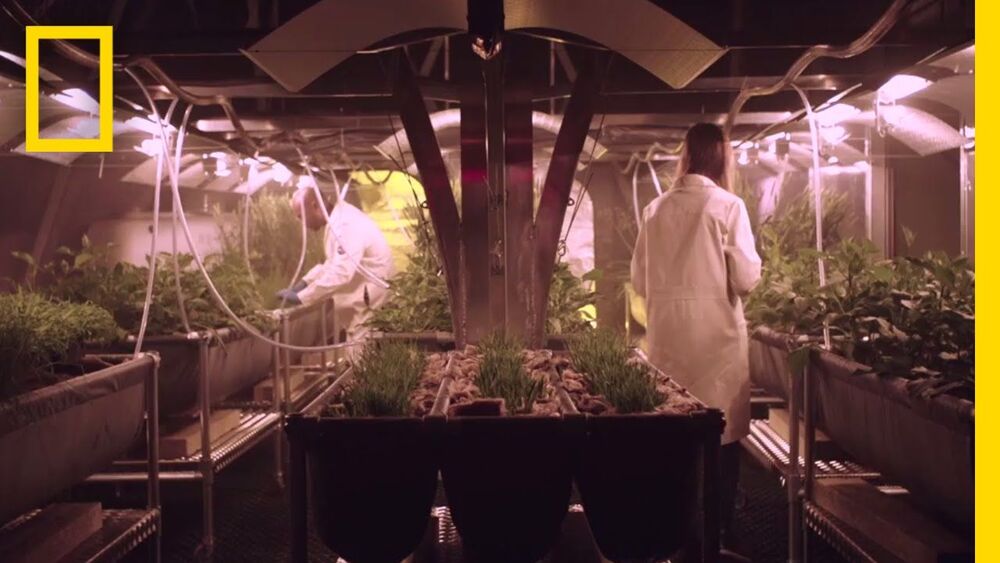
The technology doesn’t seem to be here yet; obviously, the ice on Mars will be harvested to provide drinking and irrigation water.
If we ever intend to send crewed missions to deep-space locations, then we need to come up with solutions for keeping the crews supplied. For astronauts aboard the International Space Station (ISS), who regularly receive resupply missions from Earth, this is not an issue. But for missions traveling to destinations like Mars and beyond, self-sufficiency is the name of the game.
Nov 28, 2020
Arches of chaos in the solar system, luxury watch has bits of Stephen Hawking’s desk
Posted by Genevieve Klien in categories: mapping, physics, space
Excerpts from the Red Folder.
If we had a “Physics paper title of the year award”, the 2020 winner would surely have to be “The arches of chaos in the solar system”, which was published this week in Science Advances by Nataša Todorović, Di Wu and Aaron Rosengren. In their paper, the trio “reveal a notable and hitherto undetected ornamental structure of manifolds, connected in a series of arches that spread from the asteroid belt to Uranus and beyond”. These manifolds are structures that arise from the gravitational interactions between the Sun and planets. They play an important role in spacecraft navigation and also explain the erratic nature of comets.
The paper is beautifully written, describing the manifolds as “a true celestial autobahn,” and going on to say that they “enable ‘Le Petit Prince’ grand tour of the solar system”. And if that has not piqued your curiosity, the figures are wonderful as well – with the above image being “Jovian-minimum-distance maps for the Greek and Trojan orbital configurations”.
Nov 27, 2020
NASA’s Sigma lecturer talks accomplishments on the 50th anniversary of the 14-by-22 subsonic tunnel
Posted by Genevieve Klien in category: space
And since revving up in 1970, the subsonic tunnel, considered a low-speed facility that can hit a maximum 235 miles per hour, has cranked out 650 tests.
Nov 26, 2020
Telesat to Merge With Loral Space to Form Public Company
Posted by Muhammad Furqan in categories: finance, space
Telesat Canada is combining with major shareholder Loral Space & Communications to form one public company to finance its Low-Earth Orbit (LEO) constellation.
Telesat Canada and its co-owners Loral Space and Canada’s Public Sector Pension Investment Board (PSP Investments) revealed Tuesday that Telesat Canada and Loral will become subsidiaries of Telesat Corporation, a new publicly traded Canadian incorporated and controlled company. The company will be headquartered in Ottawa and led by Telesat CEO Dan Goldberg.
“Following the closing of the transaction, Telesat will have access to the public equity markets, providing increased flexibility and optionality to support our promising investment opportunities, including Telesat LEO, which will bridge the digital divide both at home in Canada and around the world, and give our customers the competitive advantage they need to be successful,” Goldberg commented in the news release.
Nov 26, 2020
Elusive Internal Structure of Mars Revealed by Ancient Zircon Minerals From the Red Planet
Posted by Quinn Sena in category: space
Analysis of an ancient meteorite from Mars suggests that the mineral zircon may be abundant on the surface of the red planet.
By determining the age and hafnium isotope composition of zircons, researchers from the University of Copenhagen have shown that a population of these crystals were sourced from the deep interior of Mars. If the researchers are correct, it means that the young zircons contain information about the deep, inaccessible interior of Mars, which provides insights into the internal structure of the planet.
“Zircon are incredibly durable crystals that can be dated and preserve information that tell us about their origins. Having access to so many zircons is like opening a time window into the geologic history of the planet.” —
